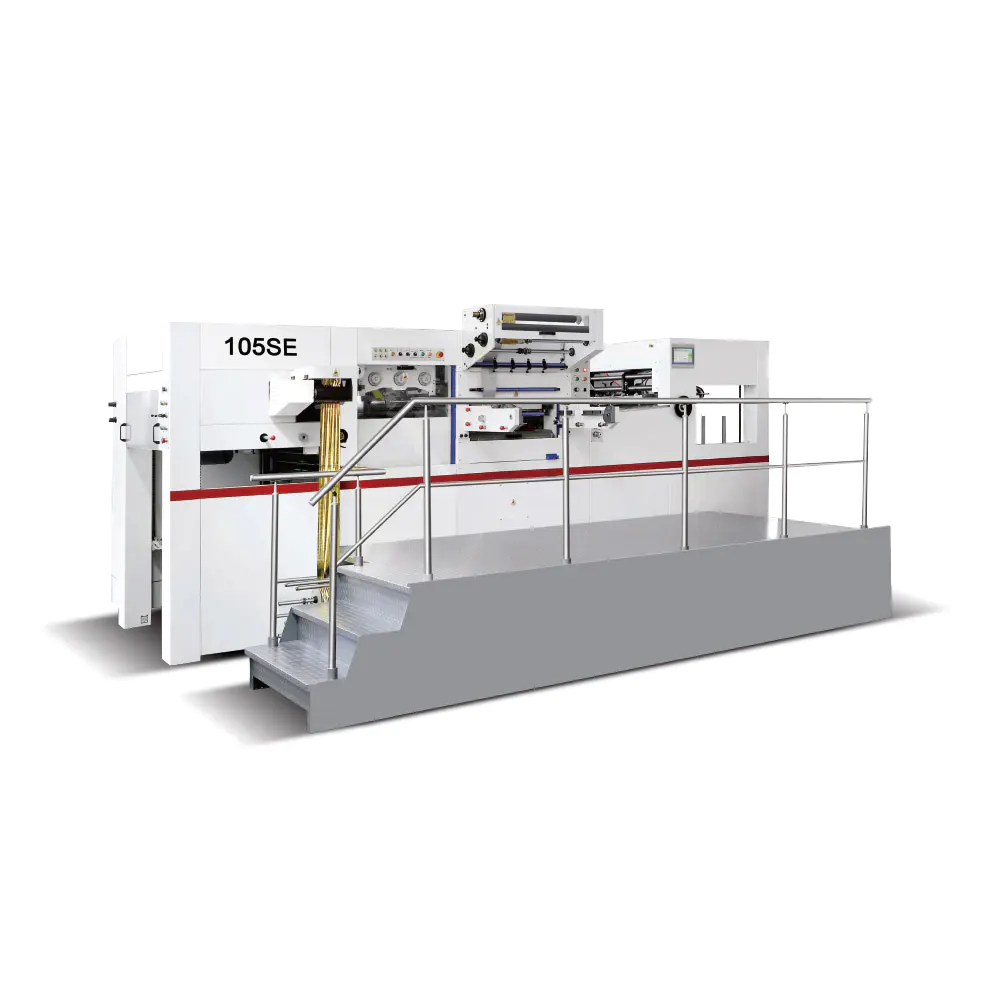News Center
Home / News Center / Industry News / What are the requirements for material selection for foil stamping embossing machines?
What are the requirements for material selection for foil stamping embossing machines?
2024-04-10
The foil stamping embossing machine has certain requirements for material selection to ensure the quality and effect of the final product. Here are the main requirements for material selection for the foil stamping embossing machine:
Foil stamping material requirements:
Foil: Foil used for stamping should have good thermal stability, melt uniformly during the stamping process, and adhere well to the substrate. Additionally, the color, gloss, and abrasion resistance of the foil should meet product requirements.
Substrate: The substrate should have certain heat resistance and surface smoothness to ensure uniform adhesion of the foil. Different substrates, such as paper, plastic, metal, etc., have different requirements for foil stamping.

Embossing material requirements:
Embossing paper: Embossing paper should have sufficient thickness and strength to withstand the pressure during embossing. Additionally, its surface should be smooth and uniform to create clear textures and patterns.
Elastic materials: For elastic materials requiring three-dimensional effects, such as rubber or silicone, materials with good resilience and abrasion resistance should be chosen.
Compatibility requirements:
The selected materials should match the process parameters of the foil stamping embossing machine, such as temperature, pressure, and time, etc. Different materials may have different requirements for process parameters, so machine parameters need to be adjusted according to the selected materials.
Safety requirements:
The selected materials should comply with relevant safety standards, such as being non-toxic, odorless, and non-radioactive. Particularly for products in fields such as food packaging and children's toys, material safety is crucial.
The requirements for material selection for the foil stamping embossing machine cover aspects such as the physical properties, chemical properties, and safety of materials. When selecting materials, factors such as the product's usage scenario, functional requirements, and cost should be fully considered to ensure that the quality and effect of the final product meet the requirements.
Foil stamping material requirements:
Foil: Foil used for stamping should have good thermal stability, melt uniformly during the stamping process, and adhere well to the substrate. Additionally, the color, gloss, and abrasion resistance of the foil should meet product requirements.
Substrate: The substrate should have certain heat resistance and surface smoothness to ensure uniform adhesion of the foil. Different substrates, such as paper, plastic, metal, etc., have different requirements for foil stamping.

Embossing material requirements:
Embossing paper: Embossing paper should have sufficient thickness and strength to withstand the pressure during embossing. Additionally, its surface should be smooth and uniform to create clear textures and patterns.
Elastic materials: For elastic materials requiring three-dimensional effects, such as rubber or silicone, materials with good resilience and abrasion resistance should be chosen.
Compatibility requirements:
The selected materials should match the process parameters of the foil stamping embossing machine, such as temperature, pressure, and time, etc. Different materials may have different requirements for process parameters, so machine parameters need to be adjusted according to the selected materials.
Safety requirements:
The selected materials should comply with relevant safety standards, such as being non-toxic, odorless, and non-radioactive. Particularly for products in fields such as food packaging and children's toys, material safety is crucial.
The requirements for material selection for the foil stamping embossing machine cover aspects such as the physical properties, chemical properties, and safety of materials. When selecting materials, factors such as the product's usage scenario, functional requirements, and cost should be fully considered to ensure that the quality and effect of the final product meet the requirements.
Share news
Products
of interest
of interest


 中文简体
中文简体 Español
Español

















